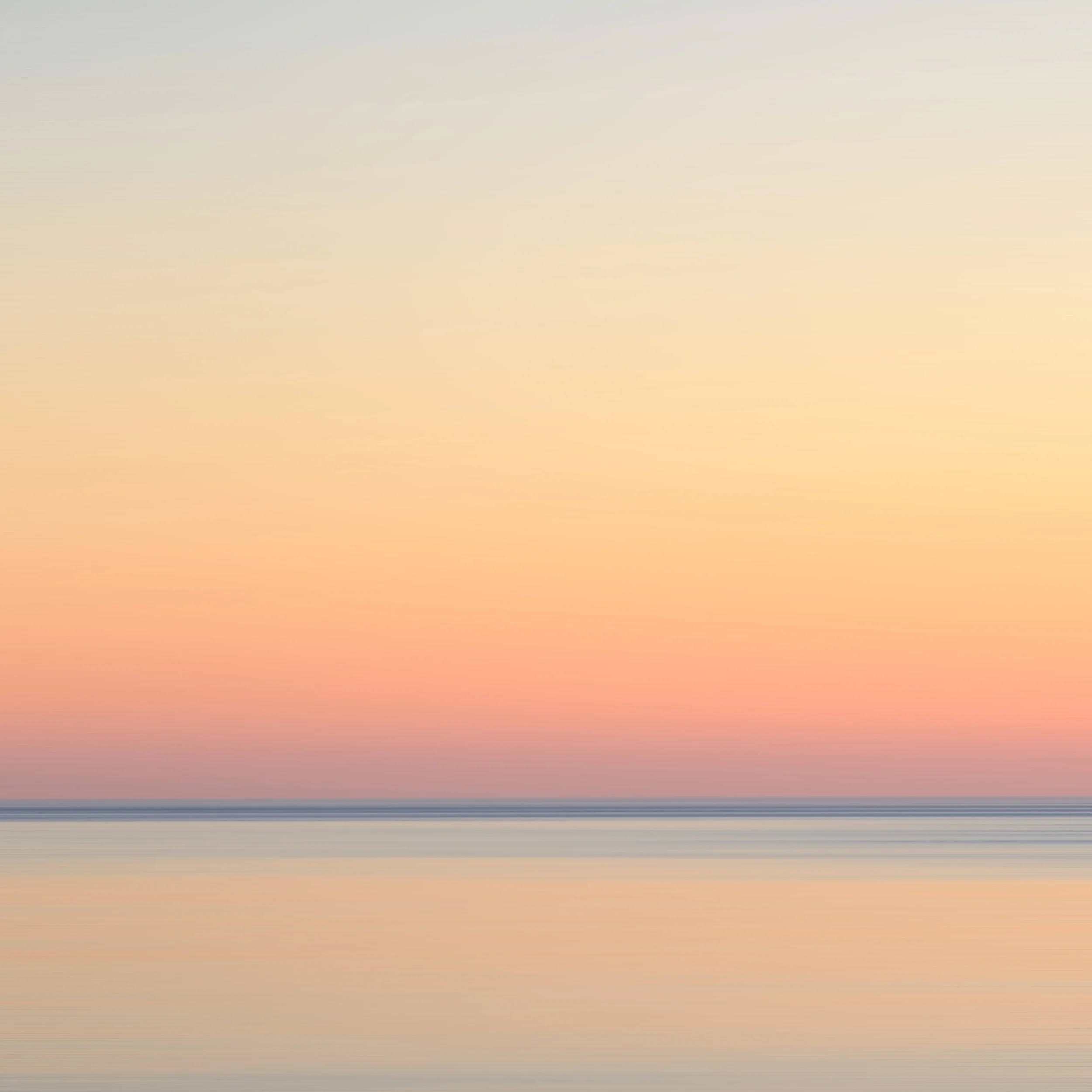Since I switched to Fuji last summer my passion for just going out and taking pictures again has been completely rekindled. When I first started photography around 10 years ago my first inspiration and images came from the coastline around where I lived.
It was photographing the local coastline that I learned about using a tripod, about long exposures, and about using filters. I loved the energy of the sea, and would head out to the beaches around Lisbon with my first dSLR and try to capture the water moving around rocks. It's a wonderful place for landscape photography, although some of the locations here can be a little challenging to get to. At Cabo da Roca, mainland Europe's most westerly point, a lighthouse sits atop 100 meter high cliffs that are constantly battered by the wind and waves of the Atlantic Ocean.
Read More



















